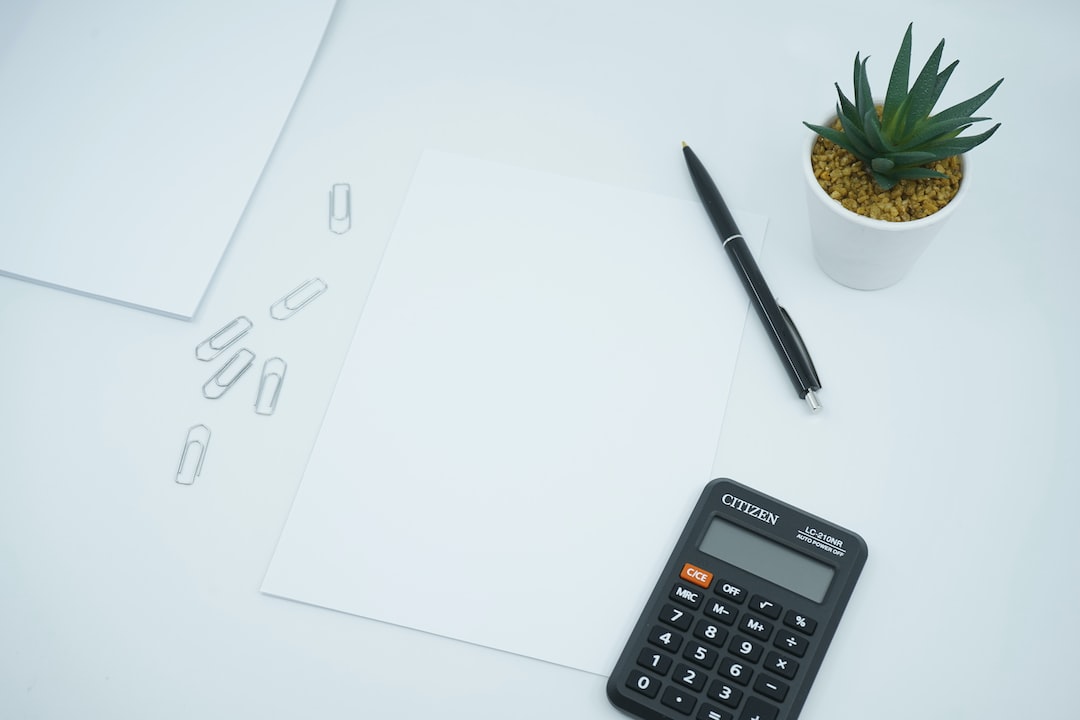Forex, or foreign exchange, is one of the largest financial markets in the world. It is a decentralized market where currencies are traded 24/7, with billions of dollars exchanged every day. To be successful in forex, traders need to understand the principles of algebra, which can be used to analyze data and make informed decisions. In this article, we will explore how to use algebra in forex.
Algebra is a branch of mathematics that deals with the manipulation of symbols and equations. It is used to solve problems, express relationships between variables, and analyze data. In forex, algebra can be used to analyze charts, calculate risk and reward, and develop trading strategies.
One of the most important concepts in forex trading is the use of ratios. A ratio is a comparison of two quantities, and it is often used to express the relationship between two currencies. For example, the EUR/USD currency pair is a ratio of the euro to the US dollar. In algebra, ratios are expressed as fractions, and they can be used to calculate profits and losses.
To calculate profits and losses in forex, traders need to understand the concept of pip value. A pip is the smallest unit of measurement in forex, and it represents the change in the exchange rate between two currencies. Pip value is the amount of money gained or lost for every pip movement in a currency pair. To calculate pip value, traders can use the following formula:
Pip Value = (One Pip / Exchange Rate) * Lot Size
In this formula, One Pip represents the value of a pip in the base currency (the currency on the left side of the currency pair), Exchange Rate represents the current exchange rate of the currency pair, and Lot Size represents the number of units of the base currency in the trade. By using algebra, traders can calculate the pip value for any currency pair and lot size.
Another important concept in forex is leverage, which allows traders to control large positions with a small amount of capital. Leverage is expressed as a ratio, and it represents the amount of capital a trader can borrow from a broker to open a position. For example, if a trader has a leverage of 1:100, they can control a position worth $100,000 with a capital of $1,000.
To calculate the margin required for a trade with leverage, traders can use the following formula:
Margin = (Lot Size * Contract Size) / Leverage
In this formula, Lot Size represents the number of units of the base currency in the trade, Contract Size represents the value of one lot in the base currency, and Leverage represents the leverage ratio. By using algebra, traders can calculate the margin required for any trade size and leverage ratio.
In addition to ratios and leverage, algebra can be used to develop trading strategies and analyze data. For example, traders can use algebraic formulas to calculate moving averages, trend lines, and support and resistance levels. These tools can help traders identify market trends and make informed decisions about when to enter or exit a trade.
Overall, algebra is a valuable tool for forex traders. It can be used to analyze data, calculate profits and losses, and develop trading strategies. By understanding the principles of algebra, traders can make informed decisions and improve their chances of success in the forex market.





